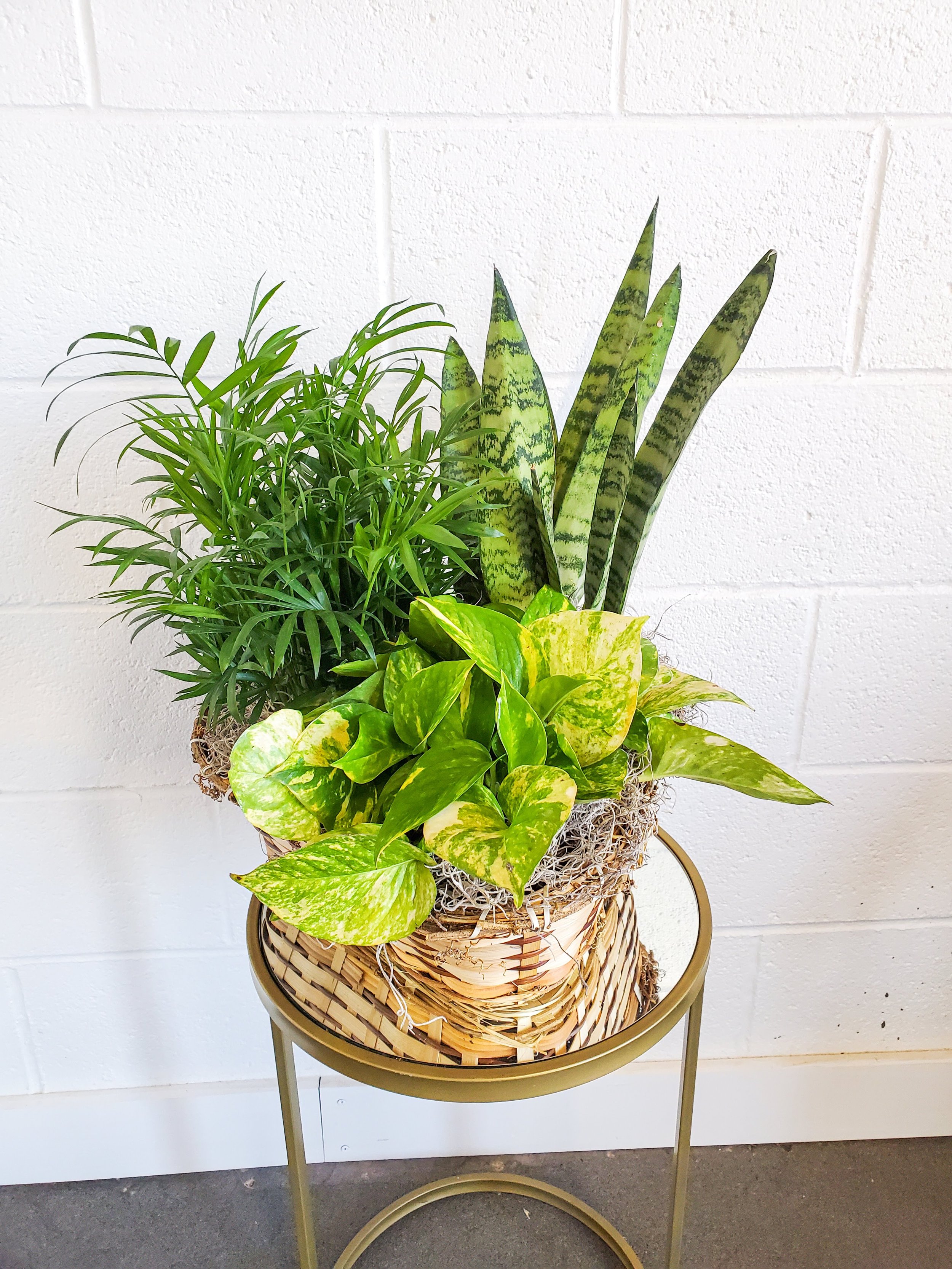Pothos: August Plant of the Month
We are lovers of pothos ivys around the What in Carnations studio. They are low maintenance , versatile, beautiful, & full. Add to an elevated shelf for it to drape off of or keep it trimmed up and propogate the cuttings to create yourself some new plants!
Technical name: Epipremnum Aureum
AKA: Pothos, Golden Pothos, Devil's Vine, Devil's Ivy
Photos have beautiful, large hear shaped leaves that can feature various colors/variation. Different varieties will have different qualities, but some varieties qualities can be impacted by their environment (especially light sources.) Pothos ivys can live up to 20 years with proper care. Usually though, they last 10-15 years. They are fast growing plants and can adapt to many different environments. Beware: pothos are toxic to pets and humans; not lethal, but can cause gastrointestinal issues. The nickname Delvil’s Ivy is because it is nearly impossible to kill and, in nature, can become invasive.
Varieties Include: Golden Pothos, Marble Queen, Neon, Jessenia, Manjula,
Pearls & Jade, Snow Queen, Glacier, Epipremnum pinnatum
Tips for caring for a Pothos plant:
-Pothos love indirect light, but can also withstand very minimal light. With proper care they can be kept in a office with only fluorescent lighting.
-Water your Pothos every 1-2 weeks. Let the soil dry out between waterings. You will need to water more often in brighter light and less often in lower light.
-Signs of overwatering include yellowing leaves and black stems, while under-watered plants will wilt and their soil will dry out.
-Being a fast growing plant, be cautious of the plant becoming root bound (a sign of this can be dropping leaves even when receiving proper care.) So, repot as needed.
-Pothos plants are super easy to propagate. Just find a stem with at least 3 leaves (not too long though) and cut at an angle 1-1.5” below the lowest leaf. Keeping the leaves out of the water, place your cutting in a pot/glass with water. Watch the water level and refill as needed and soon you will see the stem start to grow roots. Once the new roots are several inches long you can pot it. Until your new plant becomes well established, keep it in bright, indirect lighting with moist soil.




